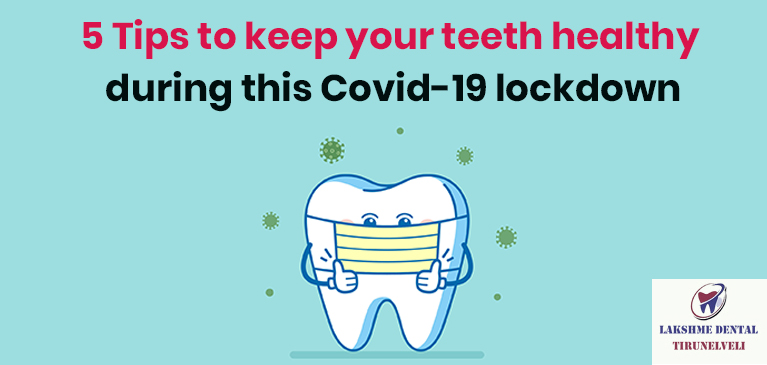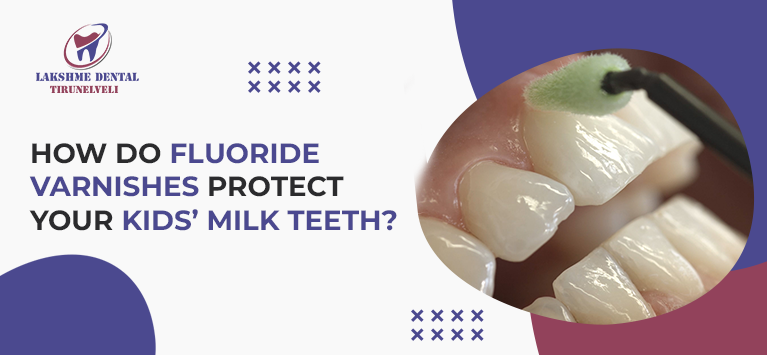
The Success Story of Full Mouth Reconstruction for a Sexagenarian
Dental problems are inevitable when we become older. Recent studies show that people aged above 65 years have at least four to five decayed teeth and several missing teeth, and about 60% of aged adults have gum diseases. Quality of life worsens in the elderly as their oral tissues deteriorate with age, teeth become mobile, mouth gets dry as the result elderly find it difficult to chew and swallow, and confidence level dwindles as they lose clarity in communication. With prompt dental care, such negative effects can be avoided, specialized field of dentistry has developed recently to take care of old adults called Geriatric dentistry.
This is the story of an aged person whose teeth have fallen out due to untreated cavities. His chief complaint was that he couldn’t deliver Sunday sermons in his Church. Keep reading to know how his dental dilemmas were resolved with our Lakshme Dental Hospital’s support.
Full Mouth Rehabilitation
Full mouth rehabilitation is a comprehensive treatment that aims to restore the health, function, and aesthetics of your entire mouth. Whether you’re dealing with extensive dental issues or seeking a complete smile makeover, our experienced team at Lakshme Dental is here to help.
Depending on your case, full mouth rehabilitation may involve a combination of restorative and cosmetic procedures. This could include treatments such as dental implants, crowns, bridges, veneers, orthodontics, and more, all designed to rebuild your smile and improve its function.
Diagnosis
An elderly adult aged above 65 visited our clinic a few months ago. He told that he had some decayed teeth and was having excruciating pain in his mouth while chewing. He added that he could not speak properly and asked us to fix his problem.
During the oral assessment, our doctors found that he had multiple missing teeth. Moreover, he developed deep decay in nearly all of his existing teeth. The internal images (X-ray) and CBCT Scan of his teeth show that all his teeth were in the stage of removal and sufficient bone volume was available for further treatment. Decay treatment will not help in those circumstances. Hence we decided to surgically extract the infected teeth to eliminate infections.
Our dentists explained the severity of his condition and the need to fully renovate his dentition with appliances like removal of denture teeth or fixed implant prosthesis. He understood his condition and chose permanent fixation. Luckily, he had enough sufficient bone volume despite his missing teeth. So we decided to go for implant teeth.
Generally, the bone underneath the missing teeth starts to dwindle if the teeth are not restored. In such cases, dentists perform “Bone grafting” to add volume to the bone before fixing implants.
Our dentists performed dental implant surgery on the same day as the patient had healthy bone.
Implant Placement
The patient’s existing teeth were extracted under local anesthesia. Later, we began the process of implanting artificial teeth.
The number of implants required for full mouth reconstruction varies for each person. It is determined by factors like the amount of bone available, nature of the bone, the patient’s musculature the prosthesis type (temporary or permanent), and medical status of the patient. As the patient demands permanent restoration and had enough bone in his jaw, we inserted 4 implants in his lower arch and seven implants in his upper arch since his upper jaw bone was a little softer and the volume of bone was relatively undermined. Mock surgery was done in a computer and a virtual presentation was done before the procedure. The patient’s doubts and apprehensions were cleared and the patient was prepared to take up the procedure with confidence.
Generally, the inserted implant posts take months to integrate with the bone. This process is called osseointegration, and its duration varies for each person. The duration is called the healing period. It ensures implant stability so the fixed post can act like the tooth root.
Until then, temporary appliances like dental caps, dentures, and dental bridges are mounted over the implants. We provided an immediate provisional denture for the patient to wear during healing to facilitate chewing and speech. The healing period was uneventful and the patient followed our instructions meticulously.
Fixing permanent prosthesis
We asked the patient to get routine checkups. We noticed improvements in how the implant posts fuse with the jaw bone during each visit. After 3 months, the implants fused well with the bone. We mounted a custom-fabricated denture on his lower jaw and upper jaw.
We advised him to clean the implant teeth regularly with water flossing and regular brushes.
During his latest visit to our clinic for his regular checkup, he told Dr.Kanagasabapathy that he was satisfied with his new set of teeth. He added that he could chew and speak effectively like he used to. He complimented our team with wishes and blessings as he felt he got younger by twenty years and above all he restarted his Church sermons. What could bring more satisfaction to the treating doctors?
Bottom line
Even though aging brings certain dental dilemmas, we can keep our teeth strong and healthy even in late adulthood with proper dental hygiene and regular checkups.
However, being old does not restrict you from getting dental restoration treatments. The implant surgery we performed for this 60+ years old male is proof of it.
Contact our dental doctors if you want dental care for the elderly in your family.























